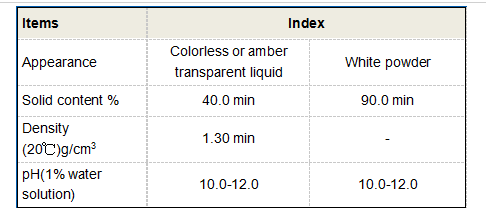Understanding the Process of Coagulation and Flocculation in Water Treatment Systems for Better Efficiency
Coagulation and Flocculation Key Processes in Water Treatment
Coagulation and flocculation are essential processes in water treatment that play a vital role in ensuring the safety and cleanliness of drinking water. These processes are critical in the removal of suspended particles, colloids, and other contaminants from water, enabling the production of high-quality potable water. Understanding the mechanisms and applications of coagulation and flocculation can help appreciate their importance in public health and environmental sustainability.
The Process of Coagulation
Coagulation is the initial step in the water treatment process. It involves the addition of chemical coagulants, such as aluminum sulfate (alum) or ferric chloride, to the water. These coagulants are positively charged ions that neutralize the negative charge of suspended particles, colloids, and organic matter present in the water. As the electrostatic forces are neutralized, these particles begin to clump together, forming larger aggregates known as microflocs.
The effectiveness of coagulation is influenced by several factors, including pH, temperature, and the type and dosage of coagulant used. The coagulant's dosage must be carefully optimized to achieve maximum particle aggregation without overdosage, which can lead to additional treatment challenges. Moreover, the pH of the water can significantly affect the performance of the coagulant, as certain coagulants are more effective at specific pH levels.
The Role of Flocculation
Once coagulation has occurred and microflocs are formed, the next step is flocculation. This process involves gentle stirring or mixing of the water to encourage the newly formed microflocs to collide and agglomerate into larger, more manageable flocs. Flocculation typically takes place in a well-mixed tank known as a flocculator, where mechanical means or chemical addition may be employed to facilitate the agitation process.
coagulation flocculation

The size and density of the flocs formed during flocculation are crucial for subsequent sedimentation and filtration processes. Larger flocs settle out of the water more effectively and can be removed easily during sedimentation. The design of the flocculation process must, therefore, ensure optimal mixing conditions to maximize floc growth while minimizing the breakage of existing flocs.
Sedimentation and Filtration
After flocculation, the water containing the larger flocs is directed to a sedimentation tank, where gravity allows the flocs to settle. This clarifying step results in the separation of solid waste from the treated water. The settled flocs form a layer of sludge at the bottom of the tank, which must be periodically removed and disposed of.
The next stage involves further purification through filtration, where the clarified water passes through various filter media. This step removes any remaining particles, bacteria, and other impurities, ensuring that the water meets the necessary health standards for human consumption.
Conclusion
Coagulation and flocculation are fundamental processes in the field of water treatment that contribute significantly to producing safe drinking water. By understanding the principles governing these processes, water treatment facilities can optimize their operations to enhance water quality and public health. As global demand for clean water continues to rise, the importance of effective coagulation and flocculation techniques in modern water treatment systems becomes increasingly paramount. Investing in advanced technologies and research to improve these processes will ultimately benefit communities worldwide by ensuring reliable access to safe and clean water.
-
Water Treatment with Flocculant Water TreatmentNewsJun.12,2025
-
Polymaleic AnhydrideNewsJun.12,2025
-
Polyaspartic AcidNewsJun.12,2025
-
Enhance Industrial Processes with IsothiazolinonesNewsJun.12,2025
-
Enhance Industrial Processes with PBTCA SolutionsNewsJun.12,2025
-
Dodecyldimethylbenzylammonium Chloride SolutionsNewsJun.12,2025





